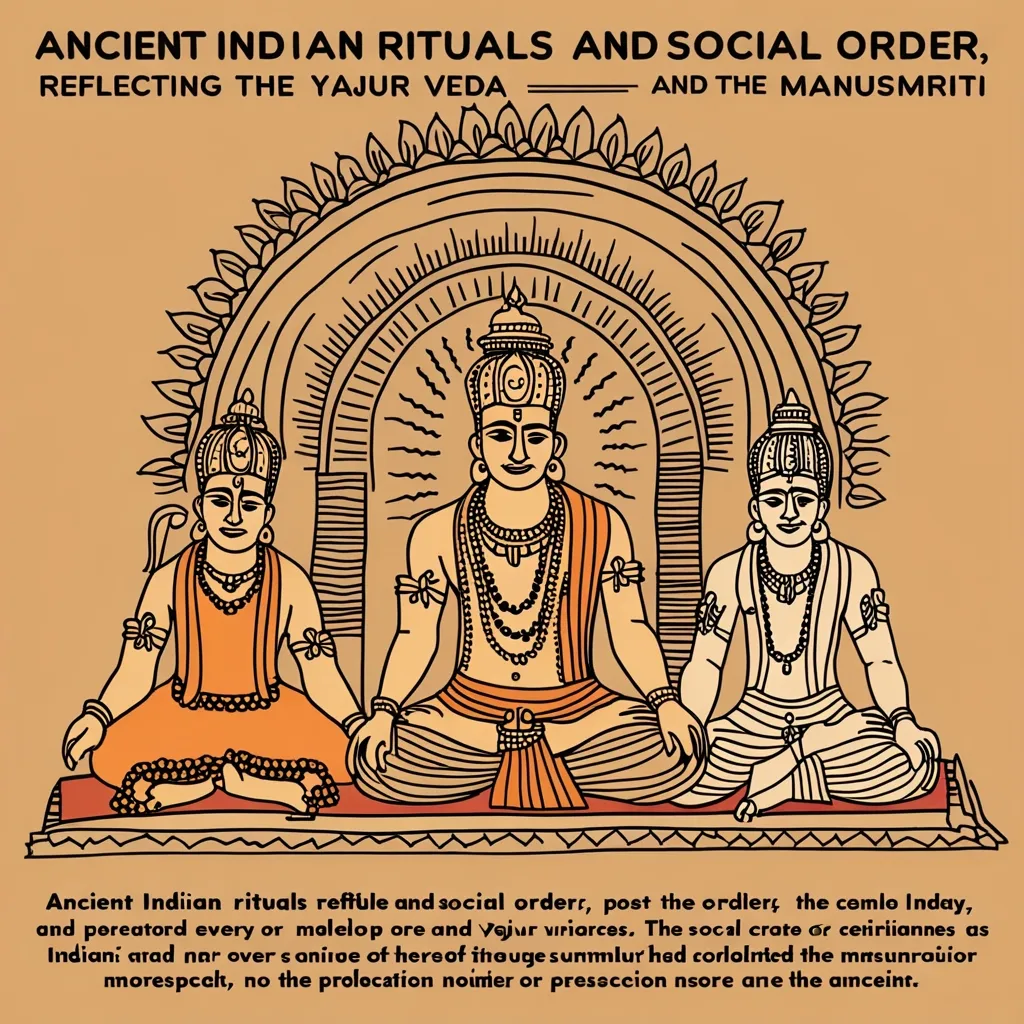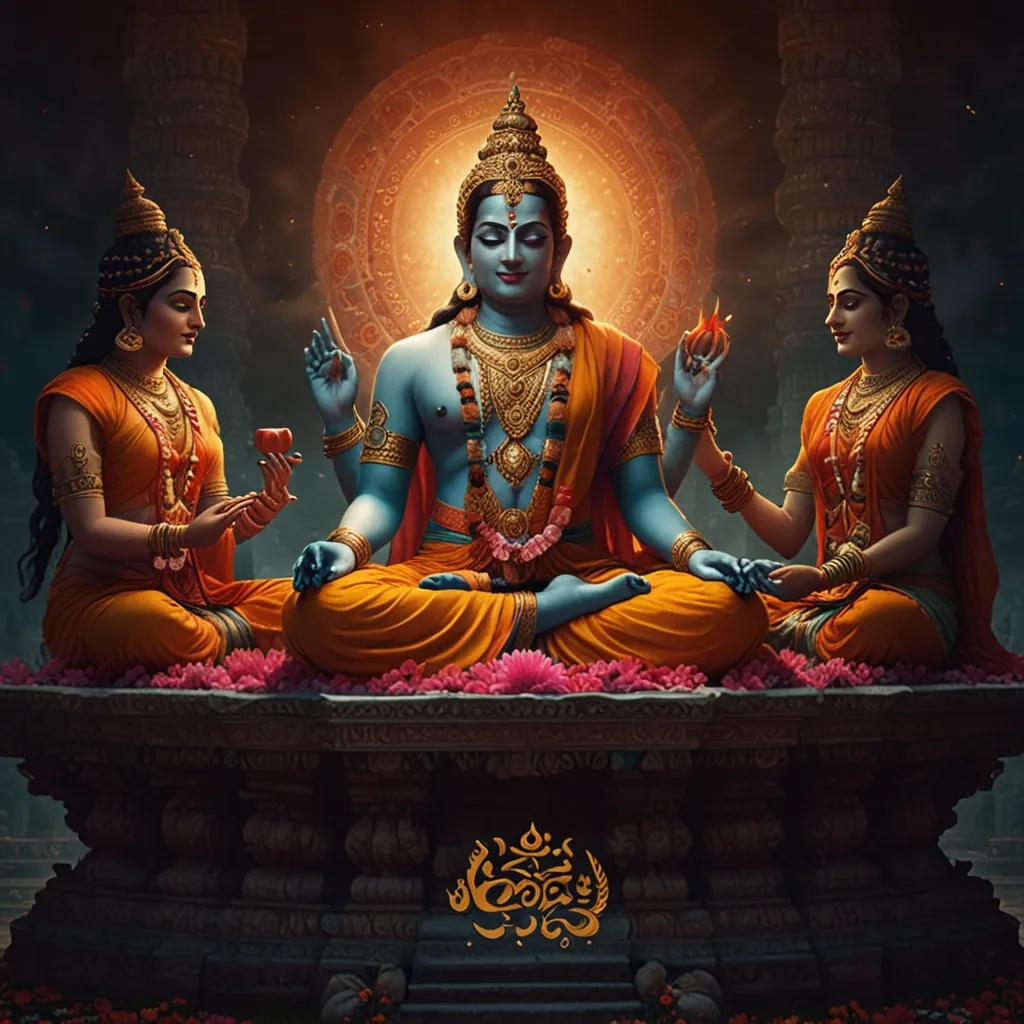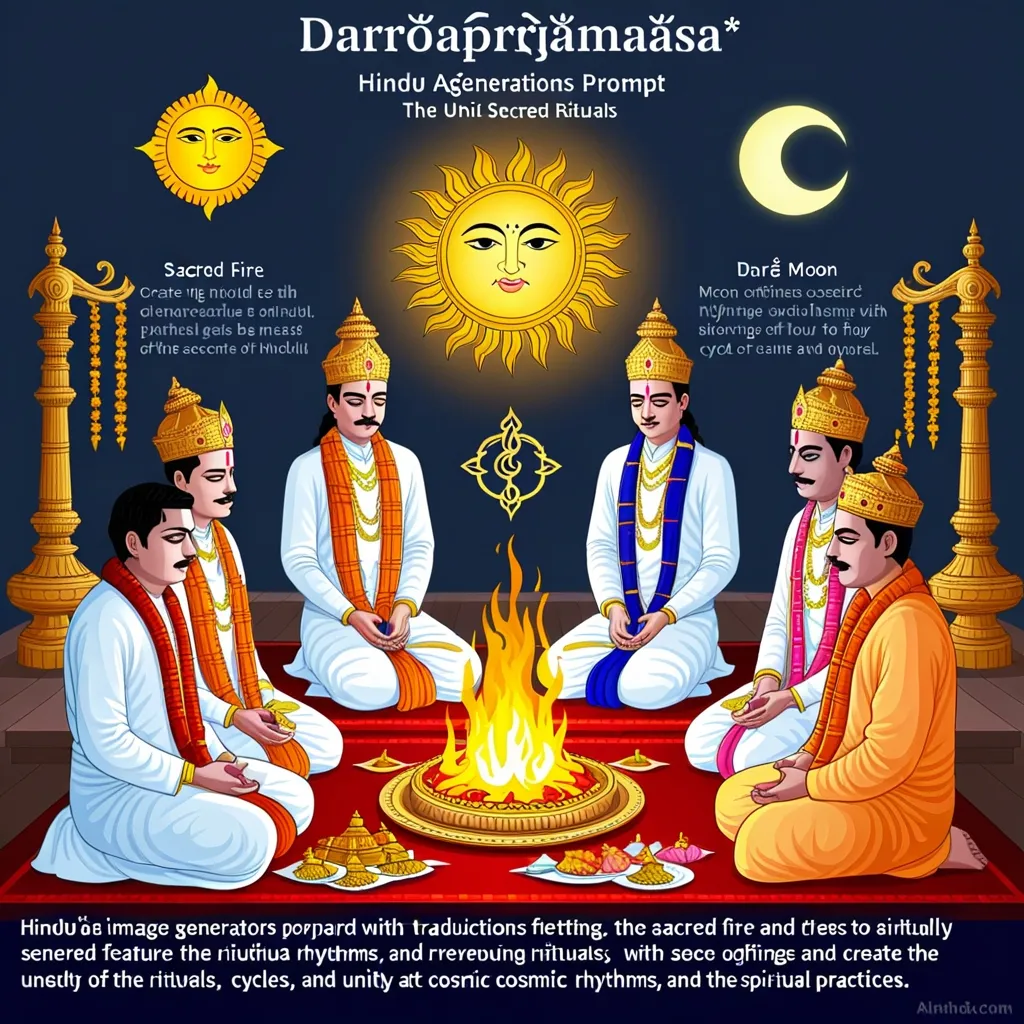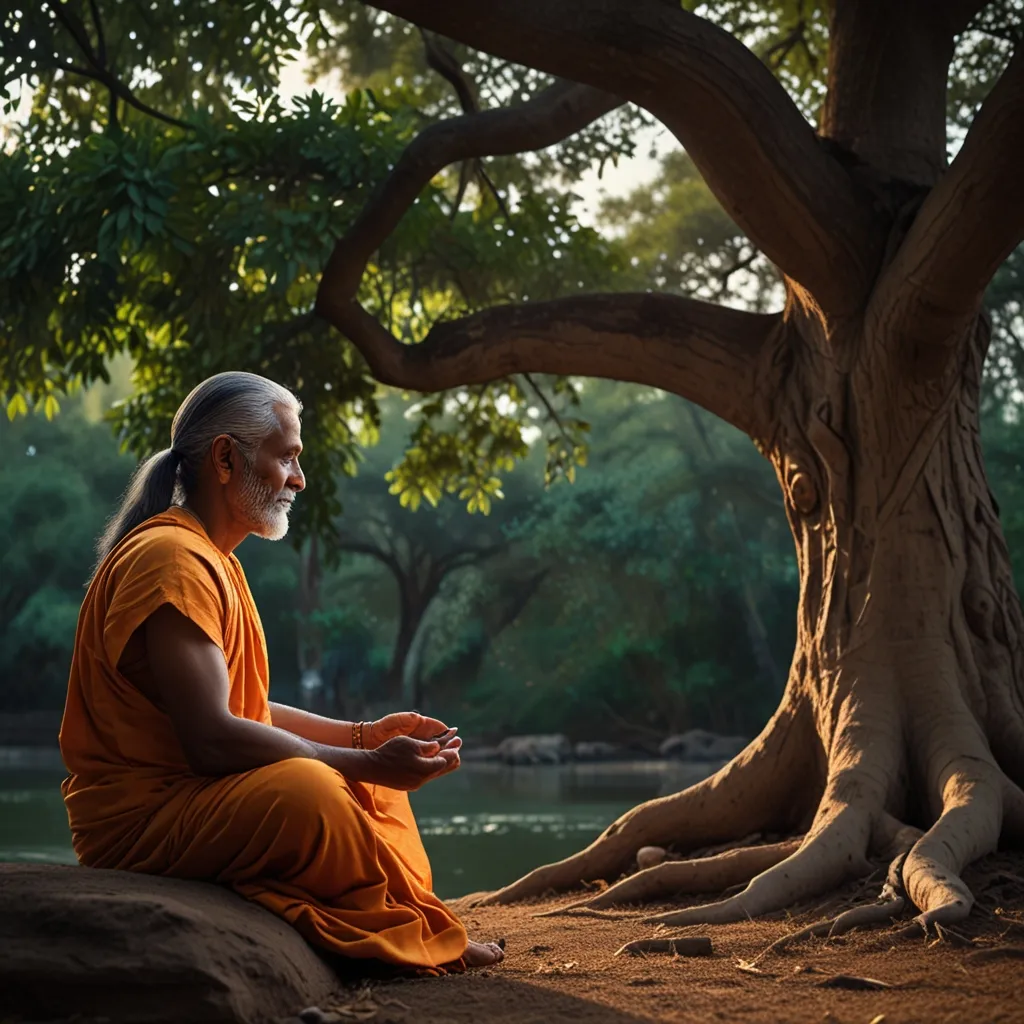In the vast and winding world of Hinduism, two texts stand out for their massive influence on ancient Indian society and law: the Yajur Veda and the Manusmriti (also known as Manu’s Laws). These ancient writings are more than just religious scriptures; they are windows into how society was organized and governed in those times, blending rituals, social duties, and legal principles into one cohesive system.
The Yajur Veda: Rituals and Rules
Starting with the Yajur Veda, it’s one of the four primary Vedas. It’s like the rulebook for many of the rituals and sacrificial procedures important to early Hindu practices. The text is split into two parts: the White Yajur Veda and the Black Yajur Veda. Besides being chock-full of religious chants and mantras, it also includes various elements of law and social order.
Imagine having to throw a community event where every role needs to be performed just right—from the dude lighting the fire to the person chanting hymns. The Yajur Veda sets all that up. This wasn’t just about worship; it was about pulling the community together, establishing roles, and making sure everyone knew their part. This communal element naturally evolved into more codified legal systems later on.
Manu’s Laws: The Big Book of Do’s and Don’ts
Move over Yajur Veda, here comes the Manusmriti, or the Code of Manu. This text is a heavyweight in Hindu literature with 2685 verses written by a group of Brahmins. They operated in North-West India and had a solid grounding in the Yajur Veda. What’s fascinating? The Manusmriti bridges the gap between the ancient Vedas and the more mythological Puranas.
Think of the Manusmriti as the manual for society, elaborately outlining the duties and rules for everyone. From how kings should rule to how wives should behave, it leaves no stone unturned. The text even lays down the dreaded caste system, explicitly defining the roles and obligations of Brahmins, Kshatriyas, Vaishyas, and Shudras.
The Caste Chronicles
Yep, the Manusmriti is like the ancient Wikipedia page for the caste system. Brahmins, the top dogs, were expected to immerse themselves in learning and teaching the Vedas. Kshatriyas were the warrior class, responsible for protection and governance. Vaishyas handled the trade and agriculture, while Shudras, often seen as the lowest caste, served the other three.
This whole structure wasn’t just societal mumbo jumbo; it served a purpose. Each member of society had clearly defined roles aimed at keeping order and harmony. It’s a bit like everyone in a company knowing their job to keep things running smoothly.
Legal and Social Rules
Aside from defining social roles, the Manusmriti goes deep into the laws governing daily life. It blends religious teachings with secular law, covering everything from marriage to the duties of kings. The idea was to ensure everyone walked the righteous path, or ‘dharma.’
For example, it has very specific duties laid out for a wife, like being devoted to her husband and maintaining the household. Similarly, it tells kings how to rule justly, uphold peace, and ensure prosperity. These weren’t just moral nuggets; they had real-world legal implications, often enforced by rulers to maintain order.
Lasting Influences
The Manusmriti’s reach stretches far and wide. It shaped Indian society and legal systems for centuries and was even used as a basis for the laws during the British colonial period. And although controversial, its influence can still be seen in modern Hindu practices.
In today’s Hindu law courts, the Manusmriti remains a significant reference, especially in cases involving customs and caste observances. Yep, that ancient text written eons ago is still in play, signifying its deep-seated impact on Hindu culture.
Unchanging Nature of Hindu Law
One striking thing about Hindu law is its stability. Once a law or a system was established, it hardly ever changed. This static nature is evident in how substantive law is subdivided. For example, the system of fines in Hindu law is structured in three levels, maintaining a basic scheme of eighteen titles that never wavered.
This consistency shows the Hindu approach to law: it was more about maintaining a stable and unchanging framework rather than an evolving one. The idea was that once something worked, you stick with it. It’s the ancient version of “if it ain’t broke, don’t fix it.”
Commentaries and Interpretations
Over time, the Manusmriti, like other Hindu texts, accumulated a bunch of commentaries and interpretations known as ‘nibandhas’ or ‘digests’. These commentaries helped decode the often cryptic original texts, making sure the laws were correctly understood and applied.
There were two main types of commentaries: those that focused on one particular text in detail and broader ones that quoted multiple texts. These provided clarity, ensuring that law codes from different regions were properly understood and implemented.
Keeping the Legacy Alive
Despite being thousands of years old, the Yajur Veda and the Manusmriti are still relevant. They continue to guide and influence Hindu society, emphasizing social harmony, duties, and the importance of law. Understanding these foundational texts gives us a clearer picture of the evolution of Hindu law and its role in shaping modern Hindu practices.
In essence, these texts are more than just religious scriptures; they are cultural blueprints that influenced everything from daily life to governance in ancient India. The emphasis on social order, the caste system, and individual duties reveals a society deeply committed to maintaining harmony and structure.
These ancient documents aren’t just relics of the past but living texts that continue to offer insights and guidance to Hindus around the globe. So, the next time you think about ancient Indian texts, remember that the Yajur Veda and the Manusmriti are not just old books gathering dust but vital pieces of a vast cultural puzzle that still matters today.






